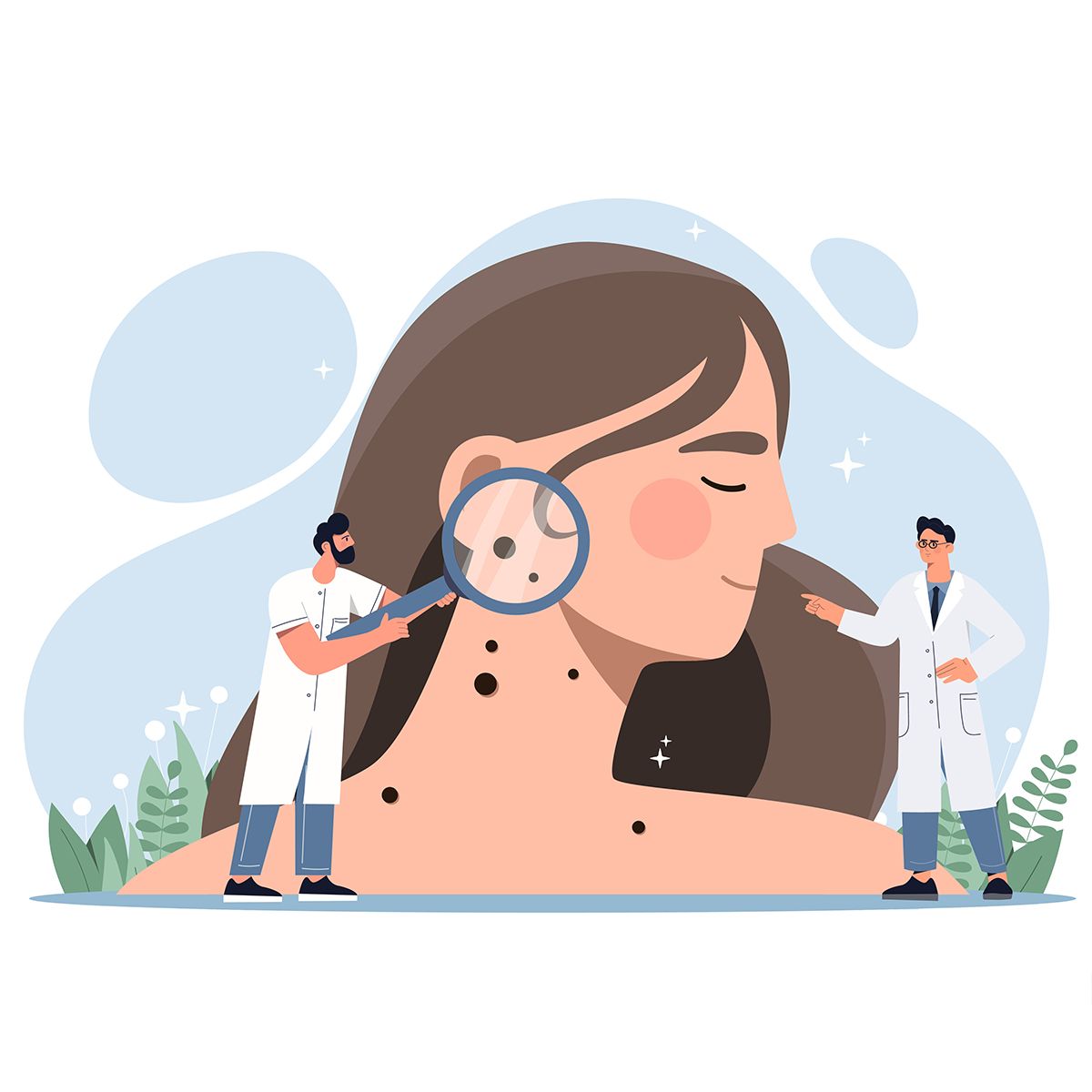Publication
Article
CURE
What to Do When Radiation Causes Skin Damage
Author(s):
One of the most common side effects of radiation therapy is a skin condition called radiation dermatitis.
More than half of people with cancer will receive radiation therapy at some point during their cancer treatment. Radiation therapy is often delivered from a machine outside the body. One of the most common side effects is a skin condition called radiation dermatitis, which can range from a mild, red rash (erythema) and itchy, peeling or flaking skin (dry desquamation) to a more severe reaction with blisters and wet, peeling skin (moist desquamation).
Cause and Risk Factors
Unfortunately, radiation injures or kills healthy cells as well as cancer cells in the treated area. Repeated radiation exposure causes an imbalance in tissue damage and repair so that exposed skin is damaged faster than it can repair itself. Treatment-related factors that increase the risk and severity of skin reactions include high daily and cumulative radiation doses, the type of beam used to deliver the radiation, a large treatment field, treatment to areas with skin folds (such as the head and neck, the groin or under the breast), and whether it was delivered with certain chemotherapies.
Moderate to severe reactions, such as moist desquamation and blistering, can occur toward the end of treatment, four to six weeks after treatment, or with a cumulative radiation dose of 45 to 60 Gray (Gy); a Gray is a measure of radiation dose.
Management
Radiation burns and skin irritation can interrupt treatment if not managed early and properly. Patients are advised to wear loose-fitting clothing, avoid fabrics that can cause itchiness and check with a healthcare provider before using lotions, perfumes or deodorants.
Gently washing the affected skin with lukewarm water and a mild soap is recommended as a practical step to prevent infection.
Creams
Calendula ointment and silver sulfadiazine cream are considered effective topical treatments. An herbal extract from the marigold plant, calendula has anti-inflammatory properties. A large, phase 3 study showed that topical calendula cream reduced pain, treatment interruptions and incidence of moderate skin reactions, such as severe redness and pain, during radiation therapy.
Silver sulfadiazine cream, an antibacterial agent, can be used for moist desquamation to reduce the risk of infection. Studies have also shown that, compared with no treatment at all, it helps to reduce the severity of radiation dermatitis.
Low-dose topical corticosteroids might help reduce irritation and itching, but they should be discontinued if moist desquamation occurs. Some studies have shown that they significantly reduce the severity of skin reactions, but no specific agent was shown to be superior.
In a small study of women receiving breast radiation, a commercially available barrier film reduced skin toxicities and itching. Hyaluronic acid is another topical cream that has shown some evidence of reducing the severity of skin reactions.
Dressings
For moist desquamation, special dressings, including hydrocolloid and hydrogel dressings, could be used to maintain a moist healing environment.
Small studies have shown that silver leaf nylon dressings can also help to reduce pain and slightly lessen the severity of reactions as well as accelerate healing. A meta-analysis published in Supportive Care in Cancer, however, determined that there wasn’t enough evidence to recommend any particular type of dressing.
For more news on cancer updates, research and education, don’t forget to subscribe to CURE®’s newsletters here.






